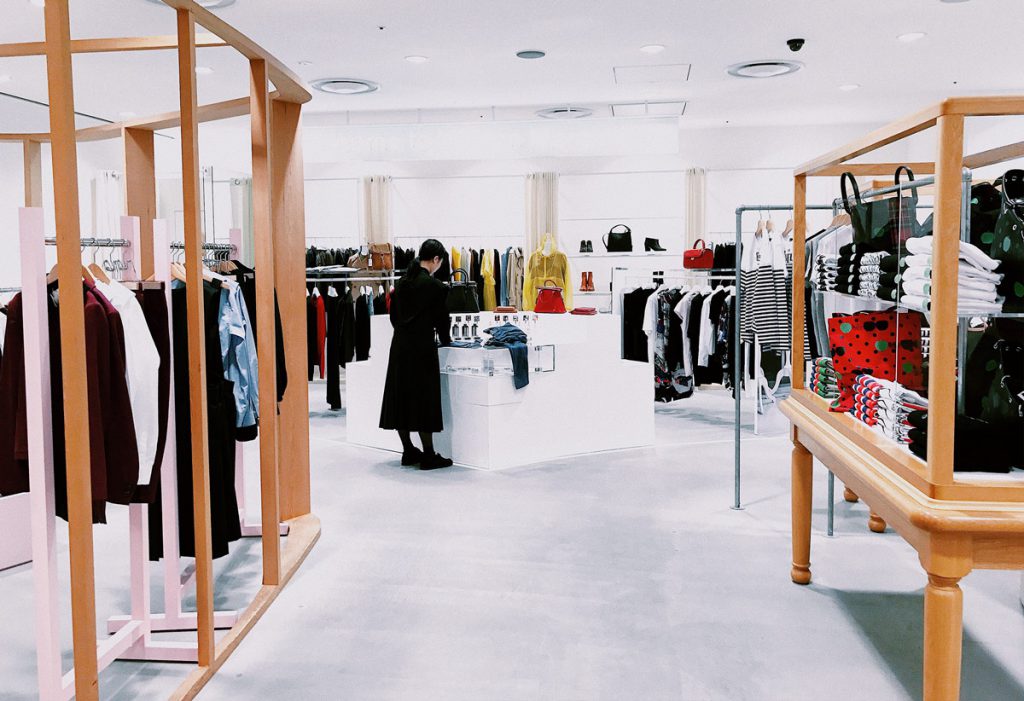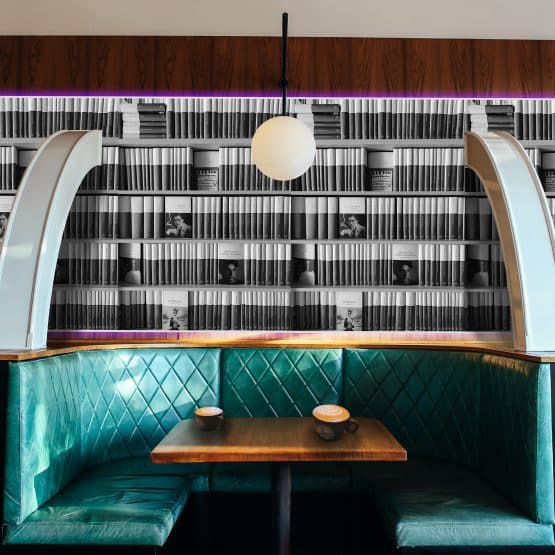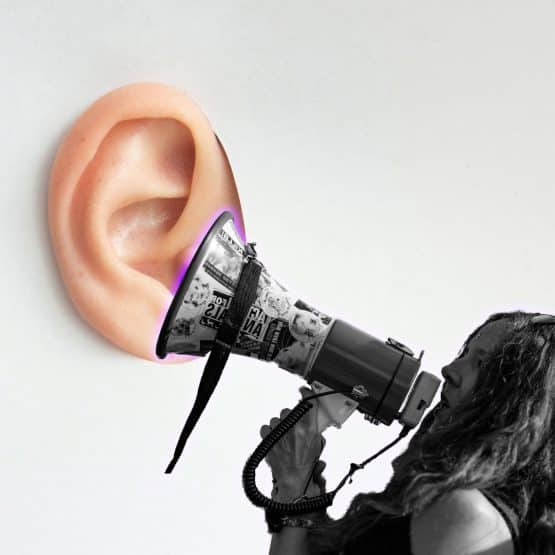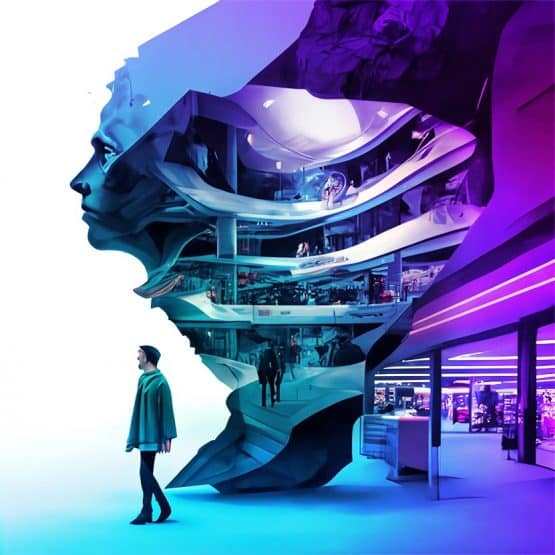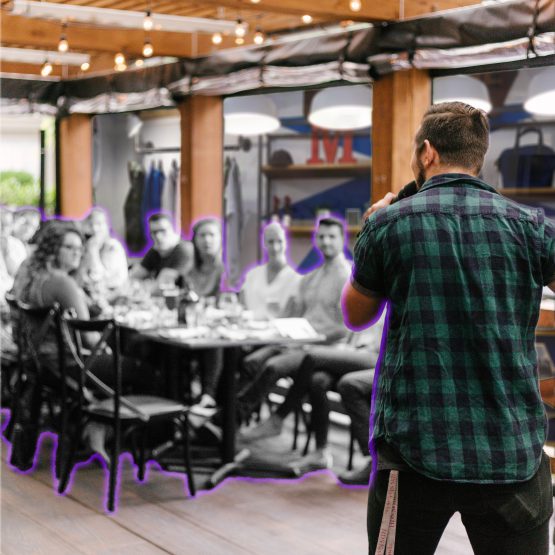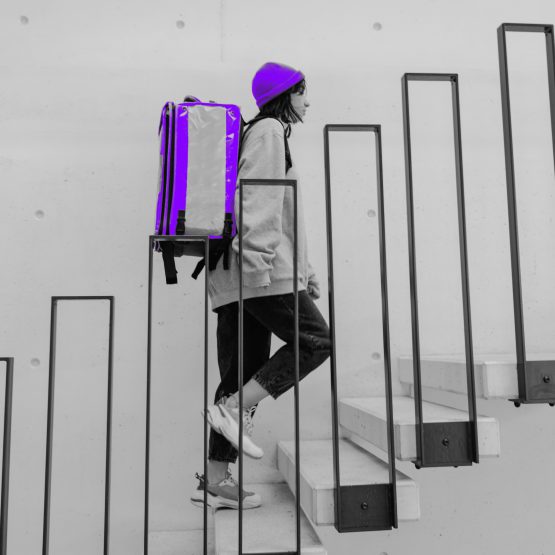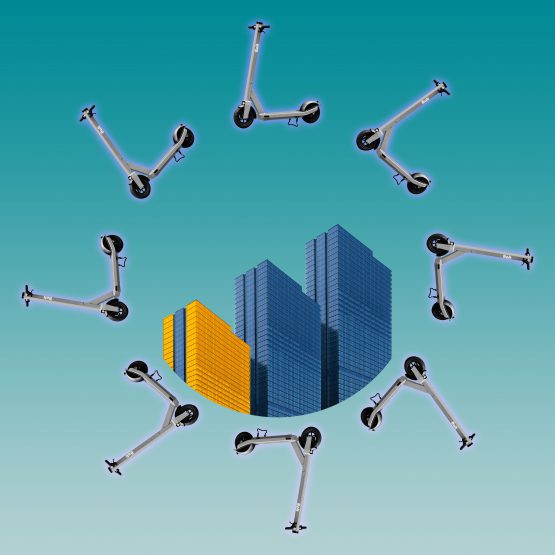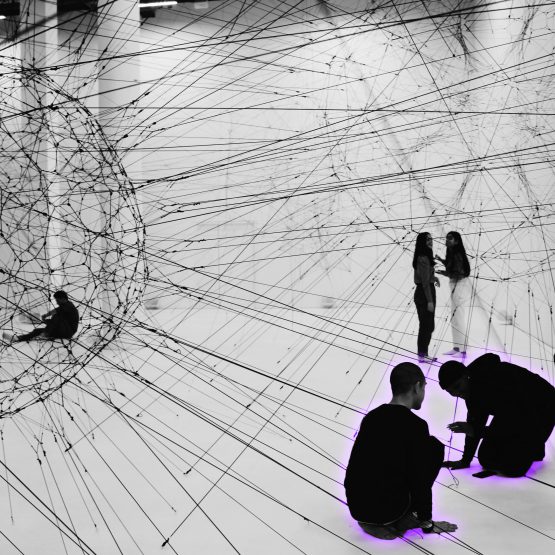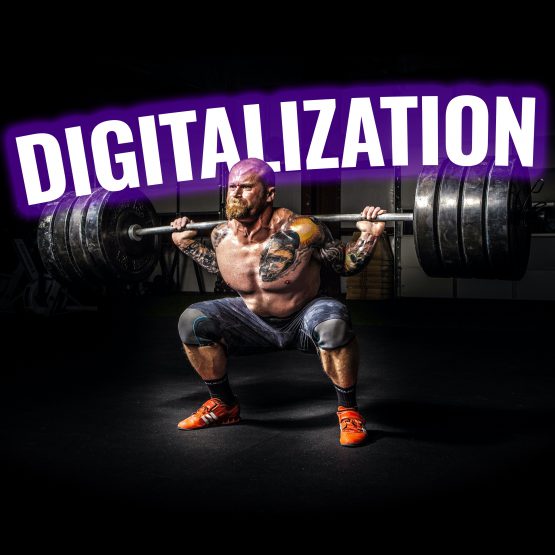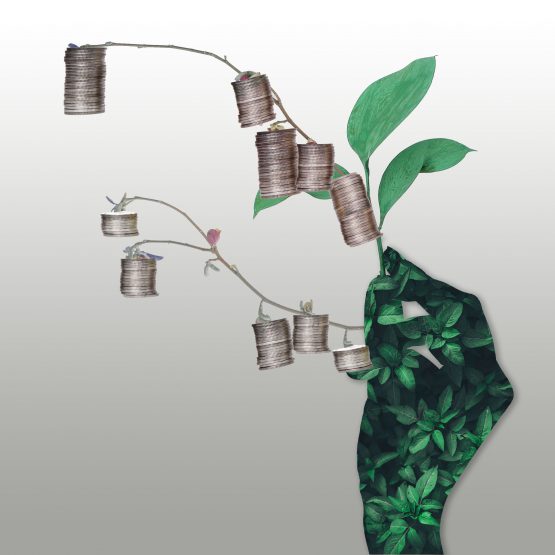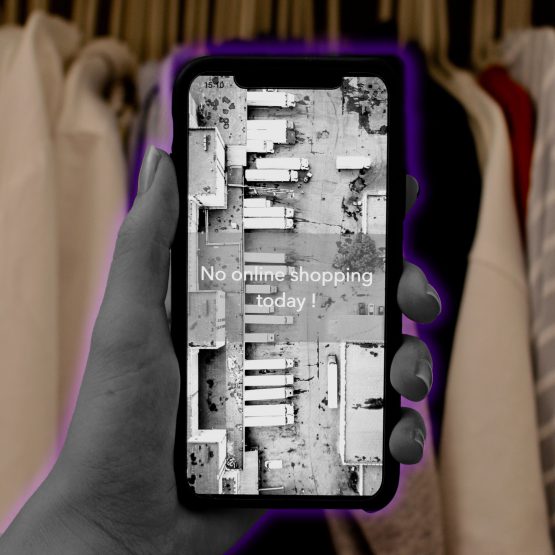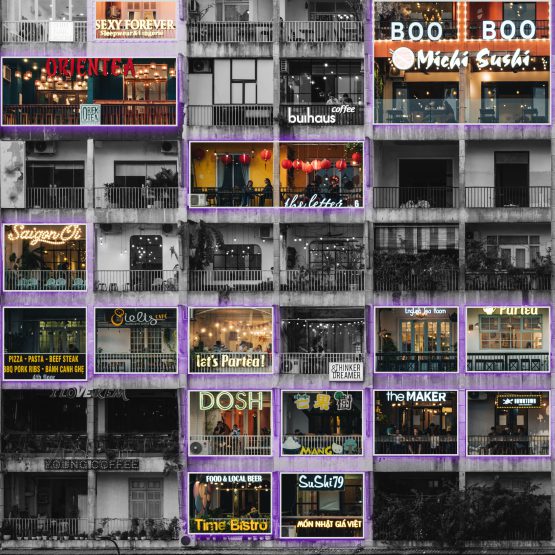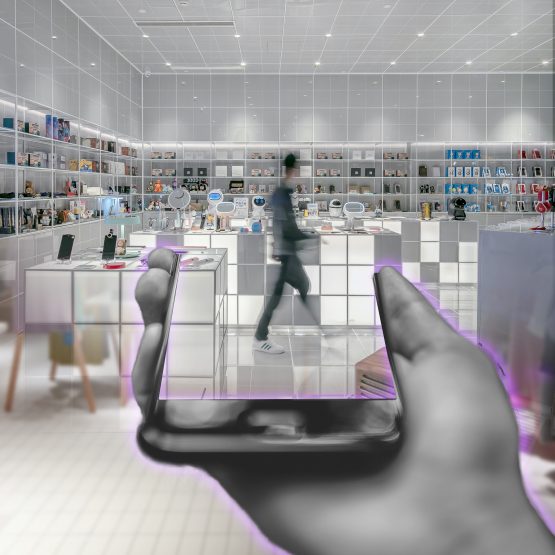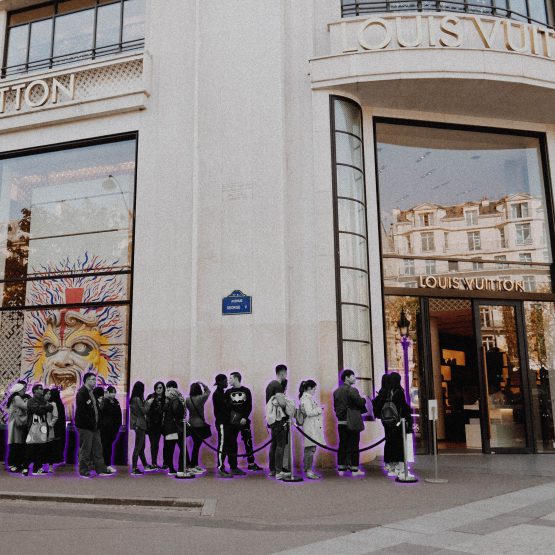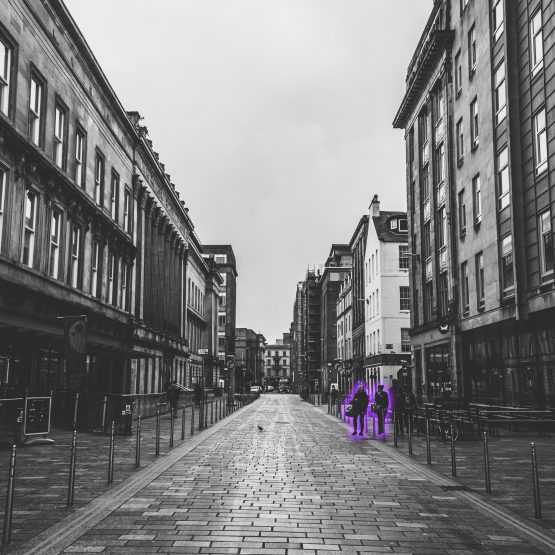4 Dimensions
Purpose
The future of shopping is not retail. The future of shopping is the experience. That's why retailers are now really being forced to rethink, reimagine and rebuild. A clearly defined Purpose leads to customer needs being met by someone customers trust. More important than buying from you, is that customers believe you. Being a good host becomes the defining characteristic of retail employees. A new wave of sustainably minded consumers will lead to sustainability being seen as a commodity, i.e. as an integral part of the business model.
Show Theses
Relations
Customers today participate in activities far beyond the purchase, connecting products and services to a broader context and lifestyle. Brands and retailers can extend the customer relationship beyond the sale by building an ecosystem of complementary information, education and services that add value to customers' daily lives. This lifestyle engagement not only strengthens customer loyalty, but also provides companies with important data and insights into customers' habits, routines, short- and long-term preferences, desires, and lifestyle.
Show Theses
The more contactless we go, the more important it will be to embrace core human needs
The pandemic fueled an ongoing mindset shift from customers to co-creators
Buying is becoming more and more unconscious, shopping more and more conscious
Influencers became the new retailers, and they came to stay
Retail becomes part of the entertainment industry
Doorstep delivery will no longer be free of charge in the future
Excellent logistics benefits the brand
Experimenting with Web3 and the Metaverse is risky, not doing it is deadly
Resilience
Successful brands and retailers are those that have resilience embedded in their core. Resilience is the ability to cope with permanently stressful or acute shock situations. These companies invest in people, systems and infrastructure and ensure they are connected through digital information and processes. They capture data about their customers and operations and use it to gain key insights for decision-making at all levels of the organization. They foster a culture of experimentation with the mindset that there is always room to learn, improve and grow. They put their customers at the center of everything they do and are always looking for ways to increase the value of that relationship and constantly test the meaning of what they do.
Show Theses
A new mobility shouldn’t forget retail
Non-Retail tenants cannot pay the current prime leases
Retail is incapable to master digitization under its own steam alone
The use of data analytics should be used as natural as electricity
Sustainable is the new Profitable
E-Commerce is put to an ecological test
Spaces
Based on current trends in inner city development, consequences for old and new uses of buildings, spaces and places are shown: In order to maintain lively and attractive (city) centres, transformation strategies are needed that essentially include a new multifunctional mix of uses through the establishment of complementary, frequency-generating uses in addition to retail. The public spaces are to be upgraded with non-commercial amenity qualities in order to promote the identification of the local community with "their" centre. This includes public facilities such as day-care centres, gastronomy, facilities for leisure and health, co-working spaces, crafts as well as housing in central locations. It is time for a new perspective on architecture and the real estate industry.
Show Theses